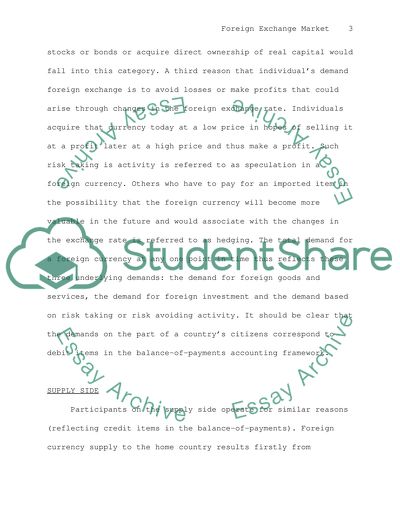Cite this document
(“The Foreign Exchange Market Essay Example | Topics and Well Written Essays - 2000 words”, n.d.)
The Foreign Exchange Market Essay Example | Topics and Well Written Essays - 2000 words. Retrieved from https://studentshare.org/miscellaneous/1506851-the-foreign-exchange-market
The Foreign Exchange Market Essay Example | Topics and Well Written Essays - 2000 words. Retrieved from https://studentshare.org/miscellaneous/1506851-the-foreign-exchange-market
(The Foreign Exchange Market Essay Example | Topics and Well Written Essays - 2000 Words)
The Foreign Exchange Market Essay Example | Topics and Well Written Essays - 2000 Words. https://studentshare.org/miscellaneous/1506851-the-foreign-exchange-market.
The Foreign Exchange Market Essay Example | Topics and Well Written Essays - 2000 Words. https://studentshare.org/miscellaneous/1506851-the-foreign-exchange-market.
“The Foreign Exchange Market Essay Example | Topics and Well Written Essays - 2000 Words”, n.d. https://studentshare.org/miscellaneous/1506851-the-foreign-exchange-market.


